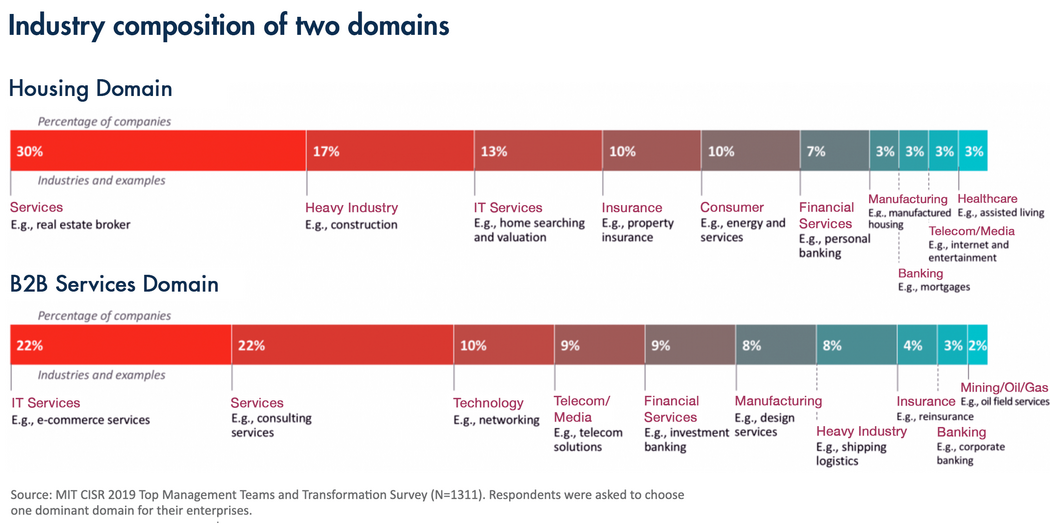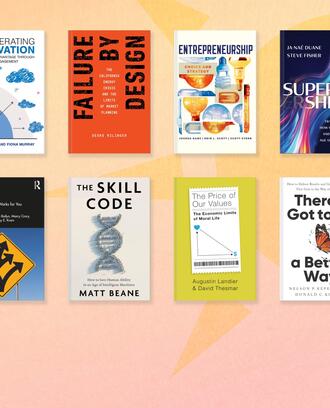Credit: malerapaso / iStock
Companies consider themselves to be operating in an industry, such as banking, retail, or automotive. But customers often think of their needs in terms of domains, like housing, education, or global corporate services. To meet their needs within a domain, customers end up working with several different providers and companies.
Companies that shift their current industry-based mindset to domain thinking can better meet the needs of these customers and identify new business opportunities, according to a new briefing from the MIT Center for Information Systems Research. In the brief, authors Peter Weill, Stephanie Woerner, and Andrea Patricia Diaz Baquero lay out their first thoughts about identifying domains and the opportunity for businesses that embrace this new model.
Domain opportunities abound
A domain comprises a customer’s end-to-end needs in a single area, like housing, energy, or education. For example, the home/housing domain includes areas such as real estate brokers, insurance, heavy industry like construction, and banking for things like mortgages.
Domain thinking fuels an ecosystem-driver business model, in which a company becomes the go-to destination for a domain by curating its own services and products and those of relevant partners. These companies provide a seamless experience through things like a single sign-on. A CISR survey found that companies with the ecosystem driver business model grew at 27 percentage points faster than others in their field, with 19.9 percentage points higher margins.
Shopify, a platform that allows anyone to create and manage an online store, “exemplifies a company shaped around a domain and not an industry,” the researchers wrote. Shopify partners with developers, marketers, payment companies, and others to helps its customers build a brand, create an online presence, set up a store, and sell, market, and manage their business. More than a million merchants use Shopify, including Walmart, and the company has a 5.9% share of U.S. retail e-commerce sales, second only to Amazon.
3 steps to embracing domain thinking
Companies think in terms of industries because that’s what always has been done, and Wall Street and the federal government classify companies by industry. Thinking in term of domains requires a new mindset, and a digitally savvy top management team — leaders that understand the role emerging technologies will play in businesses’ success over the next decade. The CISR researchers found that digitally savvy management teams are more effective at creating multiproduct, cross-business solutions.
The researchers identified three ways companies can start a shift toward domain thinking:
-
Identify your typical customer’s end-to-end journey, including the steps beyond your company’s involvement, and consider how you could improve it or even own it as a one-stop destination. For example, Fidelity Investments offers services to customers based on life events: when customers send children to college, the company combines its own products, like mutual funds, with products like student loan refinancing from its partners.
- Enable customer curation of your company’s products and services and break down silos to make it easier for the customer to create their own solutions.
- Digitally partner to achieve coverage of the customer’s domain needs, enabling cross-system information sharing that you manage to produce a great customer domain experience.
Read Hello Domains, Goodbye Industries




